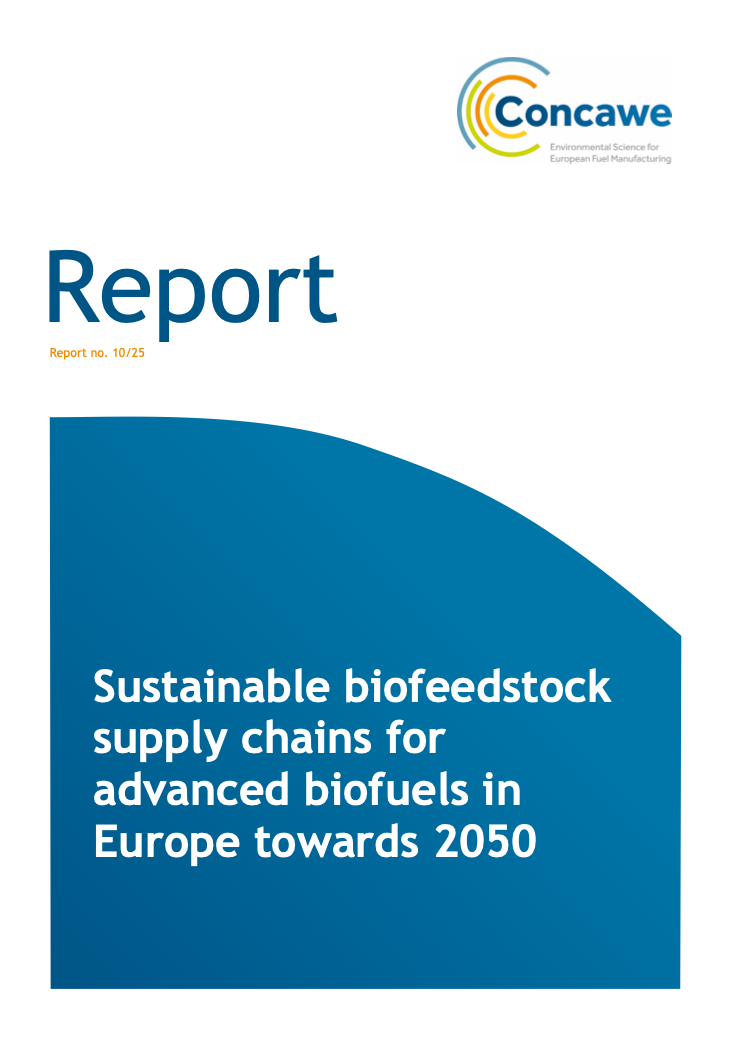IEA Bioenergy - Progress towards biofuels for marine shipping (2021)

Status and identification of barriers for utilisation of advanced biofuels in the marine sector
In the published report of IEA Bioenergy, the progress towards biofuels for marine shipping is discussed. Greater use of biofuels in the sector is limited by the volumes presently available with delays in commercialisation of technologies. This report seeks to uncover the largest barriers for this commercialisation of biofuels for the marine sector.
Nowadays, large marine vessels are still running primarily on heavy fuel oil (HFO). This results in a share of 2-3% of global greenhouse gas emissions (GHG), while being the largest source of anthropogenic sulphur emissions. Serious negative effects on terrestrial and aquatic life, including human health are associated with these emissions. Zooming in to Europe, the GHG emissions in the European transport sector declined only by 3.8% since 2008, despite a +18% decrease in all other sectors. Shipping emissions represent roughly 13% of the overall GHG emissions from the transport sector in EU.
As international shipping is not included in national emissions balances and not covered by the Paris Agreement, the United Nations based agency the International Maritime Organisation has introduced targets. The IMO has set the goal to decrease the total GHG emissions from international shipping by at least 50% by 2050 (compared to 2008 levels). Therefore, there is an urgent need for the marine shipping sector to transition quickly to more sustainable fuel solutions.
However given the great versatility of two stroke diesel engines and their ability to burn fuels with lower calorific several alternative marine fuel technologies have emerged the past 10 years with varying degrees of emission reductions, supply and blending potential. Examples of emerging biofuel technologies are used cooking oil (UCO), biodiesel, pyrolysis oils, hydrothermal liquefaction (HTL) biocrude, and alcohols. Other alternatives are RNG,hydrogen, ammonia, and Fischer-Tropsch diesel. Apart from their technical challenges, they all suffer uncertainty related to their long-term availability alternative technologies a complex and risky decision for engine manufacturers and vessel owners.
Seven key stakeholders have been interviewed. The following conclusions were derived from these interviews:
· The overall barrier towards biofuel investment is the lack of economic incentives.
· Next to this, the overall level of uncertainty related to price development of biofuel feedstocks, sustainability criteria as well as regulatory policies are major barriers for biofuel investments.
· Interestingly, little concern was expressed towards the technical barriers of scaling-up, establishing supply chains or adopting engine and fuel systems for new biofuels.
· Biofuels are identified as the most promising short- to mid-term solutions for both reducing carbon emissions and meeting sulphur regulations.
· In terms of biofuel-promoting policies, interviewees state that an internationally recognised standard defining the sustainability criteria of biofuels would support the further development of biofuel technologies. Moreover, creating a predictable framework and long-term stability is favourable to decrease the investment risk.
· The lack of a dedicated marine fuel standard for biofuels obstructs their use, trade and production and is a barrier for commercialisation. The complexity of the wide range of biofuels creates incompatibility with the current marine fuel standards.
· The perspectives of using sustainably produced methanol as an alternative marine fuel are promising.
Recente artikelen
PHB presentatie: Breaking down de prijs van de brandstof aan de pomp

Concawe: Sustainable biofeedstock supply chains for advanced biofuels in Europe towards 2050 | 2025


